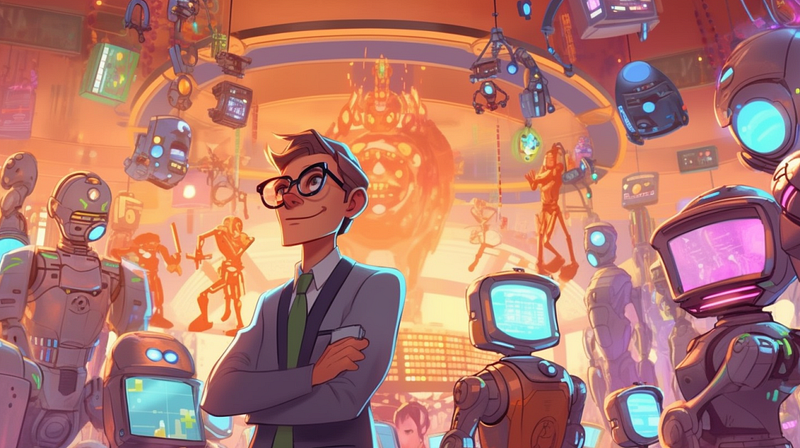In a world of accelerating technological advancement, companies must transform as profoundly as a caterpillar, morphing into a butterfly. It’s not merely about implementing new tools; it’s about a complete evolution.
Is Digital Transformation An Organizational Transformation?
Organizational Transformation — adapting to changing market conditions, new technology, or new company goals to increase business performance and competitiveness. This transformation typically requires culture, structure, processes, strategy, or mindset changes.
Digital Transformation — increasing business performance and competitiveness through digital tools and technology. This transformation requires changes in culture, structure, processes, strategy, and mindset, like any other organizational transformation.

A frequent error in approaching Digital Transformation is focusing on adapting to new technologies or creating new products. This overlooks the required employees’ mindset, market changes, evolving customer needs, and the potential risks of disruption that must also be addressed.
In today’s fast-paced digital world, new technologies emerge more quickly than traditional companies can adapt, creating a significant gap between technology and business. Employees need new skills, and companies require new capabilities to bridge this gap.
An ambidextrous organization integrates new processes while preserving existing ones in business. This approach allows for exploring digital tools’ potential, enhancing competitiveness by balancing stability and innovation.
Conclusion
Digital Transformation is indeed Organizational Transformation, as both involve adaptations in culture, structure, processes, strategy, and mindset to increase efficiency and competitiveness. While Digital Transformation emphasizes digital tools, the core principles are aligned.
Digital Transformation is not about adding wings to a caterpillar without undergoing the required metamorphosis. It’s a complete transformation, aligning all aspects of the organization to new realities rather than merely attaching technological advancements and expecting to fly.





